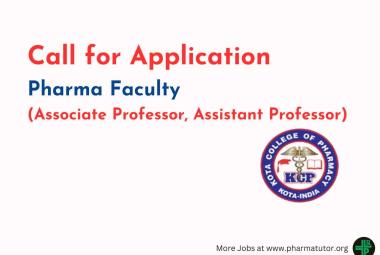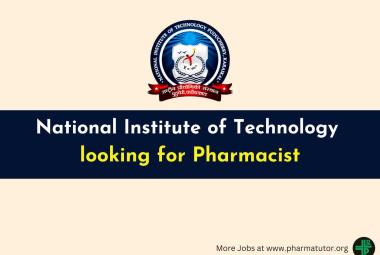With fast-paced advancements in technology, the number of patients diagnosed with systemic fungal infections (SFIs) is expected to increase steadily over the next five years, says a new analysis from Frost & Sullivan entitled Systemic Fungal Infection Therapeutics Market – India.
Alongside this development, a high premium on products that are capable of tackling emergent, problematic pathogens will also contribute to changing market dynamics. Estimates reveal that the global prevalence of SFI has risen to 4 for every 1,000 of the global population, notes the report.
[adsense:336x280:8701650588]
The high incidence of SFI over the years is attributed to the widespread use of broad–spectrum antibiotics, which reduce non–pathogenic bacterial populations that compete with fungi, and the growing number of persons with compromised immune systems caused by acquired immunodeficiency syndrome (AIDS), immunosuppressant drugs, and chemotherapy agents.
The report finds that local manufacturers are expected to continue to dominate the SFI drug market due to their output of generic medication, although multinationals are trying to gain a foothold through the introduction of newly patented medication.
“Early diagnosis of systemic fungal infections has been shown to be critical to treatment outcome,” said Mr Carole Gaffud, Program Manager at Frost & Sullivan. “Advances in diagnostic capabilities are paving the way for more increased usage of targeted therapy for systemic fungal infections; this is reflected in the growing proportion of patients treated definitively in the last five years.”
Although key therapeutics have been in the market to treat the most causative pathogen (Candida Albicans), there is still an unmet need to treat more resistant pathogens such as Aspergillus. Despite the advent of more advanced molecular diagnostic technologies, physicians in India continue to use empiric and prophylactic therapies to treat SFI. As more resistant pathogens in systemic fungal infections emerge, treatment is centered on ensuring that the right treatment is administered to the patient.
“Doctors are under pressure to ensure that they identify the most suitable mode of treatment, based on universal criteria, such as risk factors, clinical, radiological, microbiological or other diagnostic evidence,” says Mr Gaffud. “The task is made easier for physicians with the growing availability of non-microbiologic and clinical diagnostic techniques, such as Platelia, Fungitell and PNA FISH, to identify the onset of infection.”
This places greater emphasis on matching anti-fungal choice to pathogen susceptibility, increasing the demand for rapid typing of pathogens to ensure informed, targeted drug choices. Consequently, there would be a reduction in the use of prophylaxis in the ‘at-risk’ patient group and the empiric therapy in, for example, patients in this group with a persistent fever or other suggestive symptoms.
Considering the relatively niche nature of SFI, it is vital for key participants to differentiate their products, especially as advances in diagnostic techniques bring about a restriction of prescriptions to specific therapeutic uses. Therapeutics are shifting away from broad and empiric indications, and pharmaceutical manufacturers need to position their products to address more specific indications defined by pathogen species (and sub species) and patient populations, rather than a broad spectrum. This gives room for a higher degree of differentiation, protecting the specific drug from generic erosion in the future.
The changing epidemiology of causative pathogens has caused the effectiveness of existing therapeutic options to decline. In such a scenario, pharmaceutical manufacturers need to develop drugs that address specific indications, in terms of pathogen coverage and patient groups, that is, solid organ transplant, cancer, neonates, HIV/AIDS, and surgical patients, says the report.
© BioSpectrum Bureau








